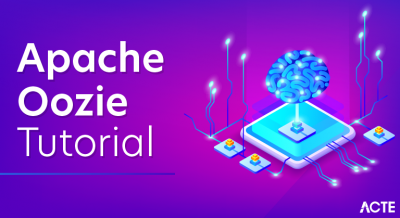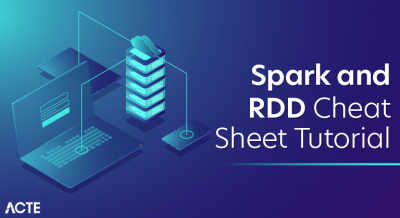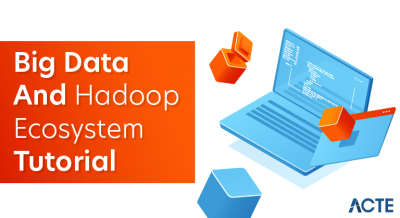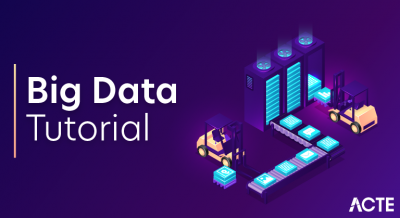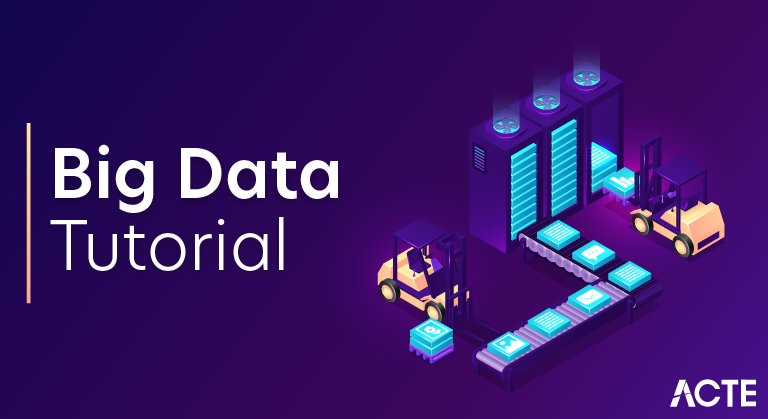
Introduction to Big Data
- Big Data is a collection of large data sets that cannot be processed using standard computing techniques. It is not a simple technique or method but involves a lot of business and technology fields.
- The term ‘big data’ is self-explanatory − a collection of huge data sets that normal computing techniques cannot process. The term not only refers to the data, but also to the various frameworks, tools, and techniques involved. Technological advancement and the advent of new channels of communication (like social networking) and new, stronger devices have presented a challenge to industry players in the sense that they have to find other ways to handle the data.
- From the beginning of time until 2003, the entire world only had five billion gigabytes of data. The same amount of data was generated over only two days in 2011. By 2013, this volume was generated every ten minutes. It is, therefore, not surprising that a generation of 90% of all the data in the world has been in the past few years.
- All this data is useful when processed, but it had been in gross neglect before the concept of big data came along.
- Pro-Tip: To learn more about Big Data and get your foot in the Data Science industry door, consider professional certification training in Big Data or allied technologies, such as Impala, Cassandra, Spark, and Scala.
Big Data Technologies
There are lots of technologies to solve the problem of Big data Storage and processing. Such technologies are Apache Hadoop, Apache Spark, Apache Kafka, etc. Let’s take an overview of these technologies in one by one-
i. Apache Hadoop
Big data is creating a Big impact on industries today. Therefore the world’s 50% of the data has already been moved to Hadoop. It is predicted that by 2017, more than 75% of the world’s data will be moved to Hadoop and this technology will be the most demanding in the market as it is now.
ii. Apache Spark
Further enhancement of this technology has led to an evolution of Apache Spark – lightning fast and general purpose computation engine for large-scale processing. It can process the data up to 100 times faster than MapReduce.
iii. Apache Kafka
- Apache Kafka is another addition to this Big data Ecosystem which is a high throughput distributed messaging system frequently used with Hadoop.
- IT organizations have started considering Big data initiative for managing their data in a better manner, visualizing this data, gaining insights of this data as and when required and finding new business opportunities to accelerate their business growth. Every CIO wants to transform his company, enhance their business models and identify potential revenue sources whether he being from the telecom domain, banking domain, retail or healthcare domain etc. Such business transformation requires the right tools and hiring the right people to ensure right insights extract at right time from the available data
Big Data Characteristics
How do you process heterogeneous data on such a large scale, where traditional methods of analytics definitely fail? This has been one of the most significant challenges for big data scientists. To simplify the answer, Doug Laney, Gartner’s key analyst, presented the three fundamental concepts of to define “big data”.
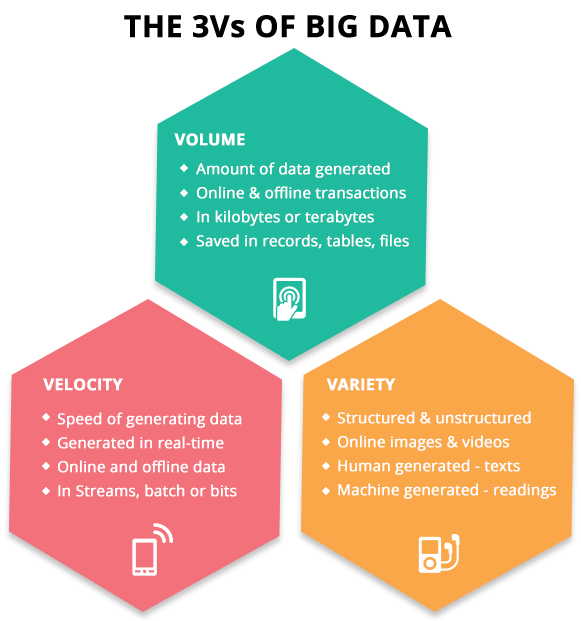
How to make sense of big data?
- The USP of Big Data is the variety of insights that can be drawn. This usually cannot be done through traditional methods, as a lot of the insights, trends, and patterns are often not-obvious. Moreover, small data analysis technologies do not lend themselves to the large volume and variety of content generated through big data methods.
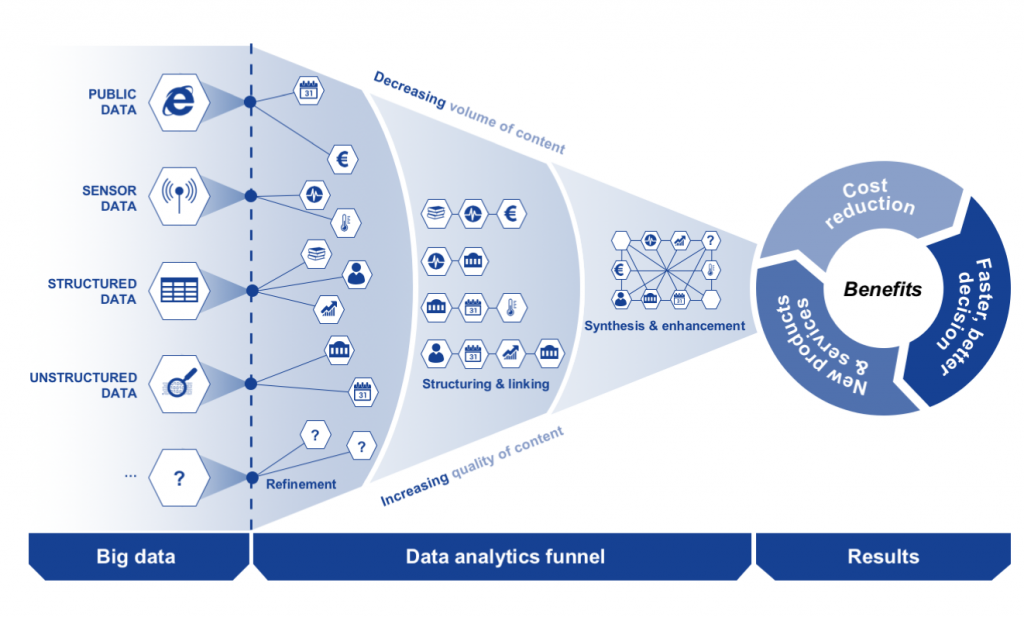
Big Data has found a firm place in any imaginable domain and it’ll be wrong to not talk about the wonders this Big Data is doing.
Applications of Big Data
- The primary purpose of Big Data Applications is to help companies to make more informed business decisions by analyzing large volumes of data. It could include web server logs, Internet click flow information, social media content and activity reports, customer email message, mobile phone call details, and device data multi-sensor.
- Domain companies invest in Big Data applications to analyze large data sets, secret patterns, unknown associations, market trends, consumer desires, and other valuable business information. We will study below applications in this topic:
- Big Data Application in Healthcare
- Big Data Application in media & Entertainment
- Big Data Application in Education Industry
- Big Data Application in Government
- Big Data Application in Manufacturing
Big Data in Healthcare
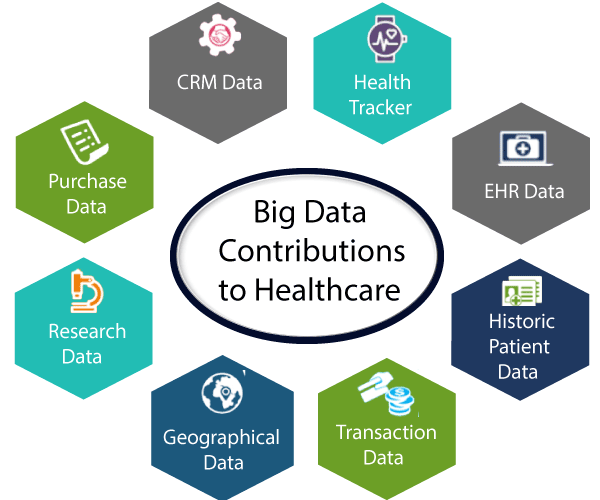
Healthcare is another industry that generates much amount of data.
Big Data has contributed to medical care in various ways, which are listed below:
- Big data has reduced treatment costs to decrease the chances of unnecessary diagnoses.
- Help predict epidemics as well as identify preventive measures can be taken to minimize the healthcare effects.
- It helps in detecting diseases at early stage and prevents them from getting worse, which in turn makes your treatment comfortable and effective.
- Patients may receive evidence-based medications that have been identified and prescribed after investigating previous medical findings.
- Patients can obtain evidence-based drugs that have been identified and prescribed after researching previous medical results.
- Examples
- Portable appliances and sensors are introduced into the healthcare sector and can provide real-time nutrition to a patient’s electronic health record. One Such technology is from Apple.
- The Apple technology includes Apple Health Kit, Care Kit, and Research Kit. The main goal is to aware iPhone users to store and access their health records in real-time on their phones.
Big Data in media & Entertainment

- There are many digital devices for entertainment, so a large amount of data is generally expected. This is the main reason for the enhancement of the big data in the media and entertainment industry.
- Apart from this, social media platforms are another way to create a large amount of data. The companies and industries in media and entertainment can recognize the importance of this data. They can also take benefit from it, in their growth.
Some of the benefits in the media and entertainment industry derived from big data are given below:
- Predicts the interests of the public.
- Optimized or on-demand programming of multimedia streams on digital media distribution platforms.
- Get information from customer reviews.
- Effective ads targeting.
Example
- Spotify, an on-demand music delivery platform, which uses big data analytics, collects data from all users around the world. It also uses analytics data to provide informed recommendations and music suggestions to each user.
- Amazon Prime offers video, music and Kindle books in one stop shop, relies heavily on big data.
Big Data Application in Education Industry
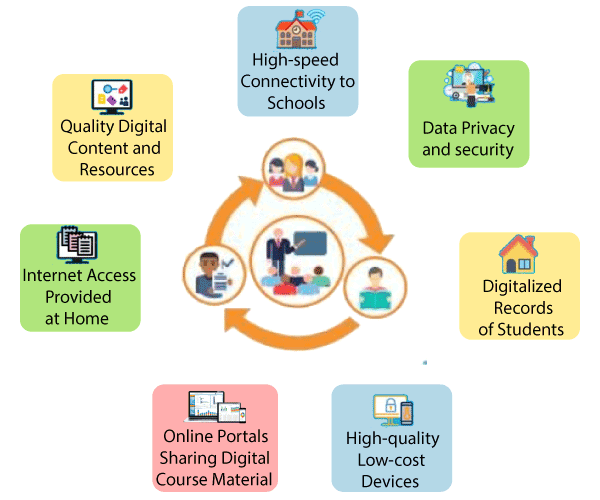
- The education industry is consists a huge amount of data related to students, faculty, courses, results, etc. We can understand that accurate study and analysis of these data can provide insights that can be used to improve the working effectiveness and efficiency of educational institutions.
- The following are some areas in the education industry that have been transformed through major data-driven changes:
- Personal and dynamic learning programs
- Rephrase the course
- Classification systems
- Functional prediction
Example
The University of Alabama has more than 38,000 students and a collection of data. In past, when there were no real solutions to analyze this large amount of data, some solutions were of no use. Now, administrators can use data analysis and visualization of this data to prepare chart patterns of students that revolutionize university operations, recruitment, and retention efforts.
Big Data Application in Government

Government of any country face a large amount of data almost every day. They have to keep track of the various records and databases of their citizens, their growth, energy resources, geographical surveys, and many more. All of this data contributes to big data. Thus, proper study and analysis of these data helps governments in many ways. Some of the ways are listed below:
- Wellness schemes
- By making faster and more informed decisions about different political programs
- Identifying areas that need immediate attention.
- To be updated in agriculture by tracking all current land and livestock.
- To overcome national challenges like unemployment, terrorism, exploring energy resources, and much more.
- Cyber Security
- Big data is widely used to identify phishing.
- It is also used to arrest tax evaders.
Example
Food and Drug Administration (FDA) that runs under the jurisdiction of the Federal Government of USA leverages from the analysis of big data to discover patterns and associations to identify and examine the expected or unexpected occurrences of food-based infections.
Challenges Of Traditional Databases
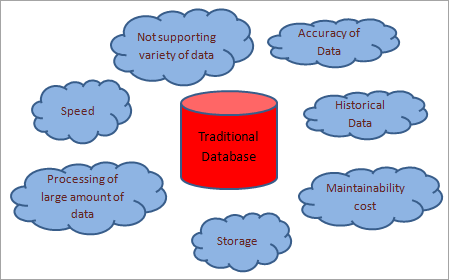
- The Traditional database does not support a variety of data i.e. it is not able to handle Unstructured and Semi-structured data.
- A Traditional database is slow while dealing with a large amount of data.
- In Traditional databases, processing or analysis of a large amount of data is very difficult.
- A Traditional database is capable of storing data that is in terabyte or petabyte.
- A Traditional database cannot handle Historical Data and Reports.
- After a certain amount of time data clean-up of the database is necessary.
- The cost to maintain a large amount of data is very high with a traditional database.
- Data accuracy is less in the traditional database as full historical data is not maintained in it.
Big Data Benefits Over Traditional Database
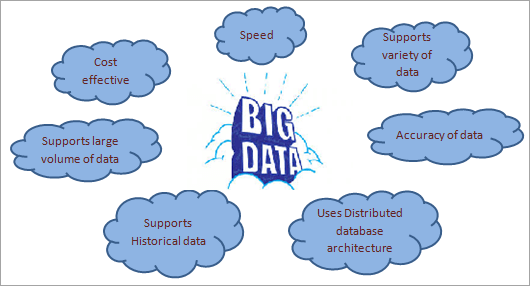
- Big Data is responsible to handle, manage and process different types of data like Structured, Semi-structured and Unstructured.
- It is cost-effective in terms of maintaining a large amount of data. It works on a distributed database system.
- We can save large amounts of data for a long time using BigData techniques. So it is easy to handle historical data and generate accurate reports.
- Data processing speed is very fast and thus social media is using Big Data techniques.
- Data Accuracy is a big advantage of Big Data.
- It allows users to make efficient decisions for their business based on current and historical data.
- Error Handling, Version Control, and customer experience are very effective in BigData.
Applications of Big Data
Following are the domains where it is used:
- Banking
- Media and Entertainment
- Healthcare Providers
- Insurance
- Education
- Retail
- Manufacturing
- Government
Importance of Big Data
Big Data does not take care of how much data is there, but how it can be used. Data can be taken from various sources for analyzing it and finding answers which enable:
- Reduction in cost.
- Time reductions.
- New product development with optimized offers.
- Well-groomed decision making.
When you merge big data with high-powered data analytics, it is possible to achieve business-related tasks like:
- Real-time determination of core causes of failures, problems, or faults.
- Produce token and coupons as per the customer’s buying behavior.
- Risk-management can be done in minutes by calculating risk portfolios.
- Detection of deceptive behavior before its influence.
Things That Comes Under Big Data (Examples of Big Data)
As you know, the concept of big data is a clustered management of different forms of data generated by various devices (Android, iOS, etc.), applications (music apps, web apps, game apps, etc.) or actions (searching through SE, navigating through similar types of web pages, etc.). Here is the list of some commonly found fields of data that come under the umbrella of Big Data:
- Black Box Data: Black box data is a type of data that is collected from private and government helicopters, airplanes, and jets. This data includes the capture of Flight Crew Sounds, separate recording of the microphone as well as earphones, etc.
- Stock Exchange Data: Stock exchange data includes various data prepared about ‘purchase’ and ‘selling’ of different raw and well-made decisions.
- Social Media Data: This type of data contains information about social media activities that include posts submitted by millions of people all over the world.
- Transport Data: Transport data includes vehicle models, capacity, distance (from source to destination) as well as the availability of different vehicles.
- Search Engine Data: Retrieve a wide variety of unprocessed information, that is stored in SE databases.
There are various other types of data that gets generated in bulk amount from applications and organizations.
Source of Big Data:
- Social Media: Today’s world a good percent of the total world population is engaged with social media like Facebook, WhatsApp, Twitter, YouTube, Instagram, etc. Each activity on such media like uploading a photo, video, sending the message, making comment, putting like, etc create data.
- Sensor placed on the various place: Sensor placed in various place of the city that gathers data on temperature, humidity, etc. A camera placed beside road gather information about traffic condition, creates data. Security camera placed in a sensitive area like airport, railway station, shopping mall create a lot of data.
- Customer feedback on the product or service of the various company on their website creates data. For Example, a retail commercial site like Amazon, Walmart, Flipkart, Myntra gather customer feedback on the quality of their product, delivery time. Telecom company, other service provider organization seek customer experience with their service. These create a lot of data.
- IoT Appliance: Electronic devices that are connected to the internet create data for their smart functionality, examples are a smart TV, smart washing machine, smart coffee machine, smart AC, etc. It is machine-generated data that are created by sensor kept in various devices.For Example, Smart printing machine – it is connected to the internet. A number of such printing machines connected to a network can transfer data within each other. So, if anyone loads a file copy in one printing machine, system store that file content, another printing machine kept in another building or another floor can print out that file hard copy. Such data transfer between various printing machines generates data.
- In an e-commerce transaction, business transaction, banking, and the stock market, lots of records stored considered as one of the sources of big data. Payment through credit card, debit card or by another electronic way, all these are kept recorded as data.
- GPS in the vehicle that helps in monitoring movement of the vehicle to shorten the path for a destination to cut fuel, time consumption. This system creates huge data of vehicle position and movement.
Conclusion:
Big Data-A Competitive Advantage for Businesses
- The use of Big Data is becoming common these days by the companies to outperform their peers. In most industries, existing competitors and new entrants alike will use the strategies resulting from the analyzed data to compete, innovate and capture value.
- Big Data helps the organizations to create new growth opportunities and entirely new categories of companies that can combine and analyze industry data. These companies have ample information about the products and services, buyers and suppliers, consumer preferences that can be captured and analyzed.Hope you have found all the details that you were looking for, in this article.

